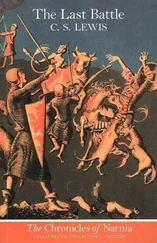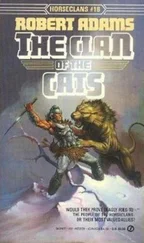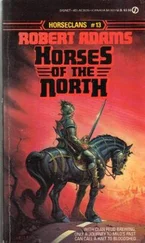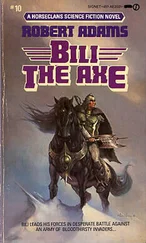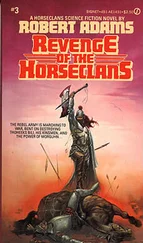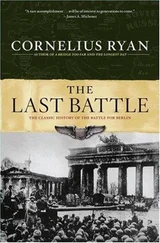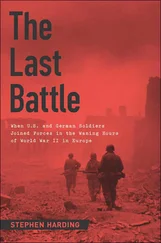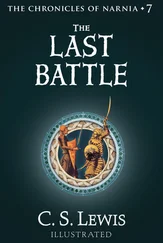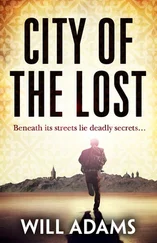But, although none then knew, it was not to last.
The first good look that Brigadier Sir Ahrthur Maklarin got at the fortress-city of New Kuhmbuhluhnburk had sent his spirit nosediving into the lowest reaches of his boots. He had occasionally heard rumors and fables of impregnable cities; now, to his horror, he beheld one that surely deserved that appellation.
It was abundantly clear even from a distance that there would be no undermining of those walls of massy stone, not unless one had the fantastic ability to undermine the very mountain itself, for that city was not just built on but built into the very fabric of the mountain.
He also realized that to think of surrounding and interdicting New Kuhmbuhluhnburk was pointless in the extreme, for ten times his available force could not have adequately manned the works and trenches it would have taken to completely circumscribe the sprawling base of the mountain, and that was precisely what it would take to seal off the approaches to that city with any certainty of success in the undertaking. Therefore, he chose what appeared to be a good, level site and set his regiments to the hard work of digging a deep, broad ditch and packing up the residual earth firmly so that palisade stakes could be there implanted when enough trees from the surrounding mountain slopes had been felled and trimmed and snaked back to erect that wooden wall which would defend his encampment.
Stones—and there were all too many in the soil of the plain—were graded by size and laid aside as ammunition for the engines, whenever the engineers got around to assembling the things. Within the perimeter of the huge camp, the first things to be set up were the kitchens. Latrine and refuse pits quickly followed, then horse lines, wagon parks and supply depot. Only then were the disciplined, well-organized troops allowed to begin pitching the camp proper.
The herald sent to demand the surrender of the burk came back with the news that both King Mahrtuhn and his heir, Prince Mahrtuhn Gilbuht, had fallen in the battle, and that the present king of New Kuhmbuhluhnburk was one King Byruhn. The herald reported that he had been well received and most lavishly entertained by one Duke Bili of Morguhn, who seemed to be the overall commander of the burk garrison, as well as by a number of nobles and officers.
The brigadier had scanned the written message brought back by the herald, cursed feelingly, then dropped the sheet and allowed it to roll itself back up. “This King Byruhn is blunt enough, I’ll say, blunt to the point of insult.” Then the old man addressed the herald, saying, “Well, man, you’ve now been closer to that pile of rock than any of the rest of us to date. Can you give us a clearer picture of just what types and degrees of fortifications we’re up against than you could after your last visit, last year?”
The herald, a retired officer of about the brigadier’s own age, shifted on his stool, using both hands to move his stiff leg into a more comfortable position, then replied, “Sir Ahrthur, yon sits an exceptionally tough-shelled nut, and it may well be that we simply lack the strength of jaws and teeth to ever crack it. To begin, the only road up to the place switches back twice in the ascent, which bodes ill, you can imagine, for attacking troops thus longer exposed to the arrows, slingstones, pitchpots and whatnot sure to be raining from the walls onto them. Also, the roadbed is of timber corduroy, and, despite the sand and dust coating them, I could ascertain that the timbers are well soaked with inflammable substances.”
One of the colonels remarked depreciatingly, “Very clever, but what do they do after they have once burned the road, eh?”
The brigadier nodded. “Yes, Colonel Potter, that particular trap can be sprung but the once ... but how would you like to be on it when they chose to fire that roadway?”
Then, “Go on, Sir Djahn. What of the outer works and the walls themselves?”
Grimacing with pain, the herald shifted his stiff leg to yet another position, then shook his white-haired head and replied, “Worse than the road, if possible, for us, Sir Ahrthur. The barbican, though it looks to be hard against the gates from here, on the plain, actually is separated from walls and gates by a deep, narrow, but sheer-sided crevasse that runs along most of the front face of the burk walls. What the barbican is actually there to guard is the bridge over that crevasse, although it is really not necessary, for the span is fitted with great iron hooks at its outward end which can only be for the fastening of cables or chains to raise it.”
“This crevasse,” demanded the brigadier, “you say it’s narrow? Well, how deep is it would you estimate, Sir Djahn?”
“The bottom is uneven, Sir Ahrthur, but I’d say that seventy feet deep would be a good average depth. And it seems to serve as a seasonal streambed, as well—there are watermarks on the sides, well up them, too.
“Now to those city walls. I can scarce credit the witness of my very own senses, Sir Ahrthur; had I not seen them close on, touched them, walked upon them, I would not believe that such walls could be built by mortal man. But they are there.
“The lower half to two-thirds of those walls are not walls at all, not laid masonry walls, rather are they the living stone of the mountain itself, left in place when the flattened-bowl shape of the city area was carved out of what once must have been a shelf on the flank of the mountain. In places, this remnant is thirty or more feet in thickness at ground level, with one- and two-story habitations carved out of its inner face.
“The upper reaches of the walls, the battlemented portions of them, are composed of worked slabs so huge as to cause one to wonder at how they ever were quarried, transported or laid into place, much less so beautifully squared, smoothed and fitted as to not need mortar or cramps to hold them in their order. The masonry battlemented wall varies from fifteen to about twenty-five feet in height and is a good twenty feet in width across the top.
“As regards towers, there are only those you can see from here—a pair flanking the gates and one at each corner, but not much higher than the burk walls, themselves, and really only raised platforms for stone-throwing engines.”
The brigadier raised his bushy eyebrows and smoothed one of his drooping mustaches with a thumbnail. “What of that high tower that seems to go near to the summit of the mountain, Sir Djahn?”
“It’s only a half-tower, Sir Ahrthur, built directly into the flank of the mountain itself. It was obviously built as a keep, and I would hate to have to attack a garrison in it, but the New Kuhmbuhluhners just now are using it and the vast labyrinth of passages and chambers bored into the bulk of the mountain for magazines and stables. The crypt of their kings is in that mountain, too, which is why it is called King’s Rest Mountain. That crypt is most impressive, but even more impressive is a huge, deep, spring-fed subterranean lake within that mountain that supplies all of the water needs of the city and garrison.”
“And this garrison, Sir Djahn?” inquired Sir Djaimz, the senior colonel, “What are your impressions of it, as regards quantities and qualities of troops, leadership and morale?”
“The titular leader and commander is, of course, King Byruhn, Sir Djaimz. He is a huge man who towers a good foot above average height and weighs, I would say, well in excess of twenty stone, though he is a veteran warrior and owns precious little if any fat on that big-boned frame. However, he seems preoccupied with some weighty matter and devotes little time to the garrison, leaving that to his senior captain, one Duke Bili of Morguhn, a lowlander mercenary from the east.”
Читать дальше

